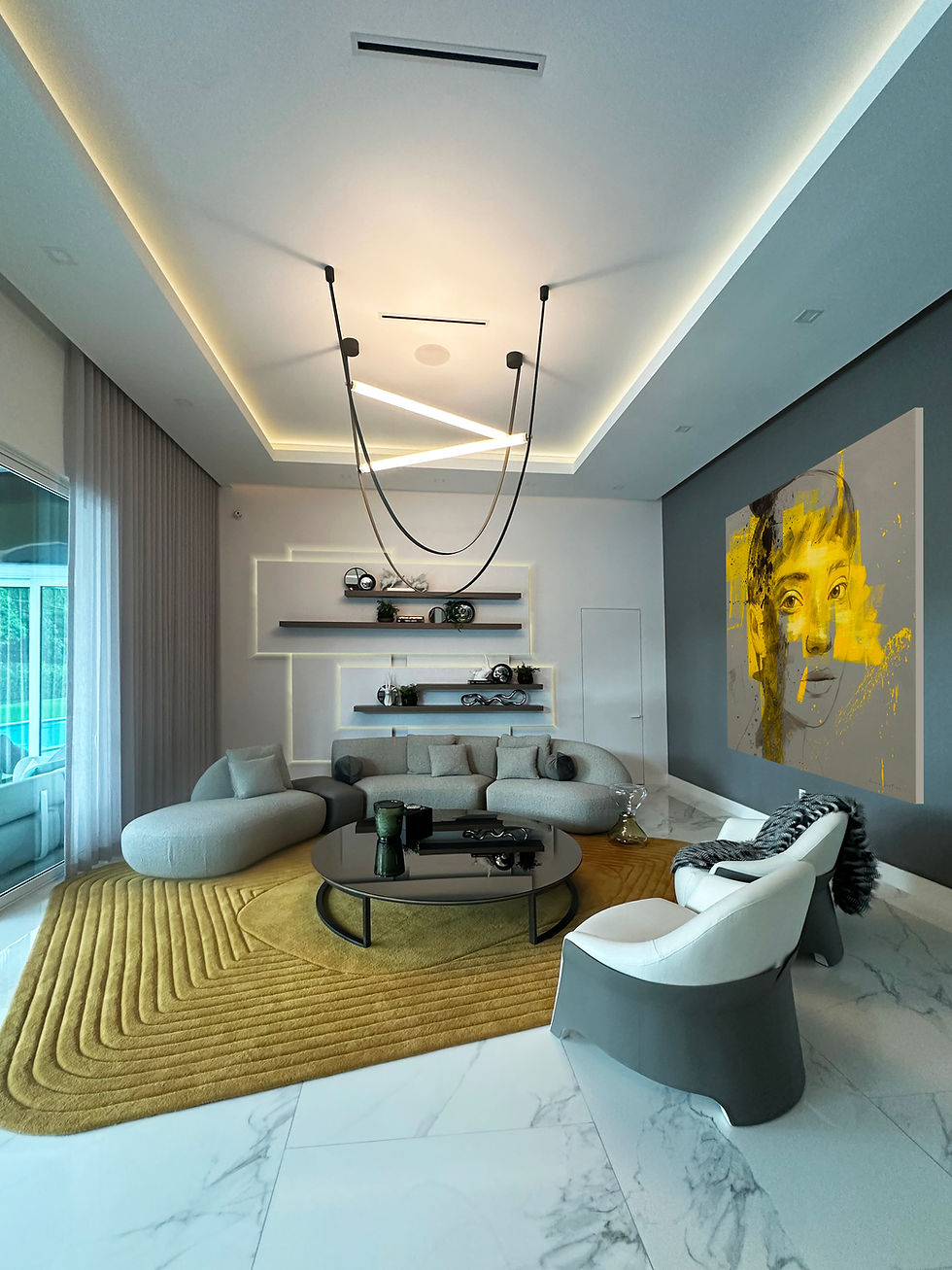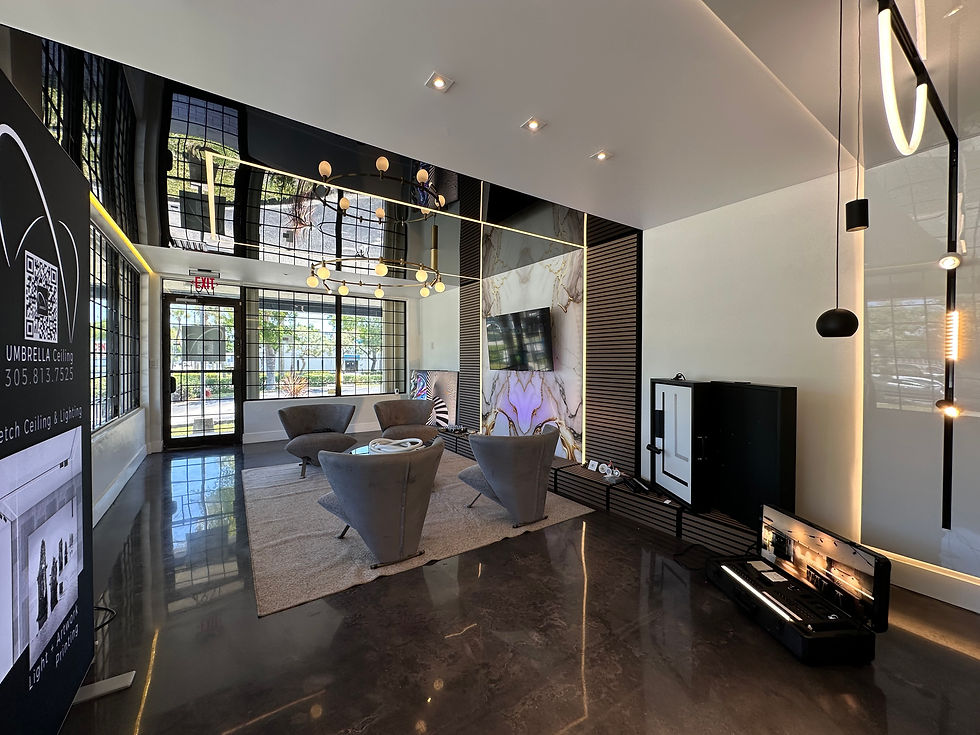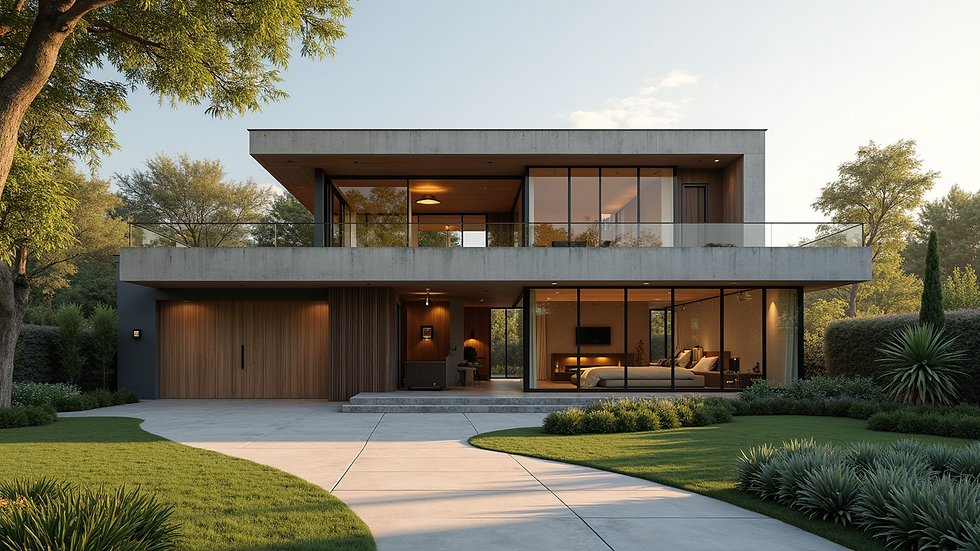Exploring Unique Architectural Trends for Homes
- santanadesignstudi
- Aug 20
- 4 min read
In recent years, home design has evolved dramatically, embracing innovation and creativity. Homeowners and architects alike are exploring unique architectural trends that blend functionality with aesthetic appeal. These trends not only enhance the visual impact of homes but also improve comfort and sustainability. This article delves into some of the most exciting architectural trends shaping modern homes today.
Emerging Architectural Trends in Home Design
The world of architecture is constantly changing, influenced by technology, environmental concerns, and cultural shifts. Some of the most notable architectural trends include:
Sustainable and Eco-Friendly Materials: More homeowners are opting for materials that reduce environmental impact. Bamboo flooring, recycled steel, and reclaimed wood are popular choices.
Open Floor Plans: Spaces that flow seamlessly from one room to another create a sense of openness and encourage social interaction.
Indoor-Outdoor Living: Large sliding glass doors and patios that extend living spaces outdoors are increasingly common.
Smart Home Integration: Technology is integrated into the architecture itself, with automated lighting, climate control, and security systems.
Minimalist Aesthetics: Clean lines, neutral colors, and uncluttered spaces dominate modern home design.
These trends reflect a desire for homes that are not only beautiful but also practical and environmentally responsible.

Innovative Architectural Trends Transforming Homes
Beyond the basics, some architectural trends are pushing the boundaries of traditional home design. These innovations offer unique ways to personalize and enhance living spaces:
Biophilic Design
Biophilic design incorporates natural elements into the home to improve well-being. This includes indoor gardens, living walls, and large windows that maximize natural light and views of nature. Studies show that biophilic design can reduce stress and increase productivity.
Multi-Functional Spaces
With changing lifestyles, homes are adapting by creating spaces that serve multiple purposes. For example, a guest room might double as a home office, or a kitchen island might include a workspace. This flexibility is especially valuable in smaller homes.
Use of Advanced Materials
New materials like translucent concrete, self-healing concrete, and aerogels are being used to improve durability, insulation, and aesthetics. These materials allow architects to experiment with form and function in exciting ways.
Artistic Ceilings
Ceilings are no longer just functional elements; they are becoming focal points. One standout trend is the use of 3d stretch ceiling technology, which allows for custom designs, vibrant colors, and unique textures that add depth and character to any room.

How Expensive is a Stretch Ceiling?
When considering architectural trends like stretch ceilings, cost is an important factor. Stretch ceilings are made from a flexible PVC or fabric material stretched across a frame. The price depends on several factors:
Material Quality: Higher-grade materials cost more but offer better durability and finish.
Design Complexity: Custom shapes, colors, and printed designs increase the price.
Room Size: Larger areas require more material and labor.
Installation: Professional installation is recommended and adds to the cost.
On average, stretch ceilings can range from $10 to $30 per square foot, including installation. While this may seem higher than traditional ceilings, the benefits of easy maintenance, moisture resistance, and design versatility often justify the investment.
Stretch ceilings are particularly popular in bathrooms, kitchens, and commercial spaces where moisture and durability are concerns. They also offer a quick renovation option without the mess of traditional ceiling work.
Practical Tips for Incorporating Unique Architectural Trends
If you want to bring these architectural trends into your home, here are some actionable recommendations:
Start with a Clear Vision
Define what you want your home to feel like. Do you prefer a cozy, natural vibe or a sleek, modern look? This will guide your material and design choices.
Consult Professionals Early
Architects and interior designers can help you navigate new materials and technologies, ensuring your ideas are feasible and within budget.
Prioritize Sustainability
Choose eco-friendly materials and energy-efficient systems. This not only benefits the environment but can reduce long-term costs.
Mix and Match Trends Thoughtfully
Combining too many trends can create a cluttered look. Select a few that complement each other and your lifestyle.
Consider Maintenance
Unique materials and designs may require special care. Understand the upkeep involved before committing.
Use Technology to Your Advantage
Smart home features can enhance comfort and security. Integrate these seamlessly into your architectural plan.
Experiment with Lighting
Lighting can dramatically change the perception of space. Use a mix of natural light, ambient lighting, and accent lights to highlight architectural features.

Future Directions in Home Architecture
Looking ahead, architectural trends will continue to evolve with advances in technology and changing societal needs. Some promising directions include:
Modular and Prefabricated Homes: Faster construction and reduced waste make these options attractive.
Adaptive Architecture: Homes that can change shape or function based on weather or occupant needs.
Integration of AI and Robotics: Automated systems for maintenance, security, and energy management.
Enhanced Personalization: Using 3D printing and custom fabrication to create truly unique home elements.
Focus on Wellness: Designs that promote mental and physical health through air quality, natural light, and ergonomic layouts.
By staying informed about these trends, homeowners can create spaces that are not only stylish but also future-proof.
Exploring unique architectural trends offers exciting opportunities to transform homes into personalized sanctuaries. Whether through sustainable materials, innovative designs, or smart technology, these trends reflect a new era of homebuilding that values creativity, comfort, and responsibility. Embracing these ideas can help you craft a living space that is both beautiful and functional for years to come.


Comments